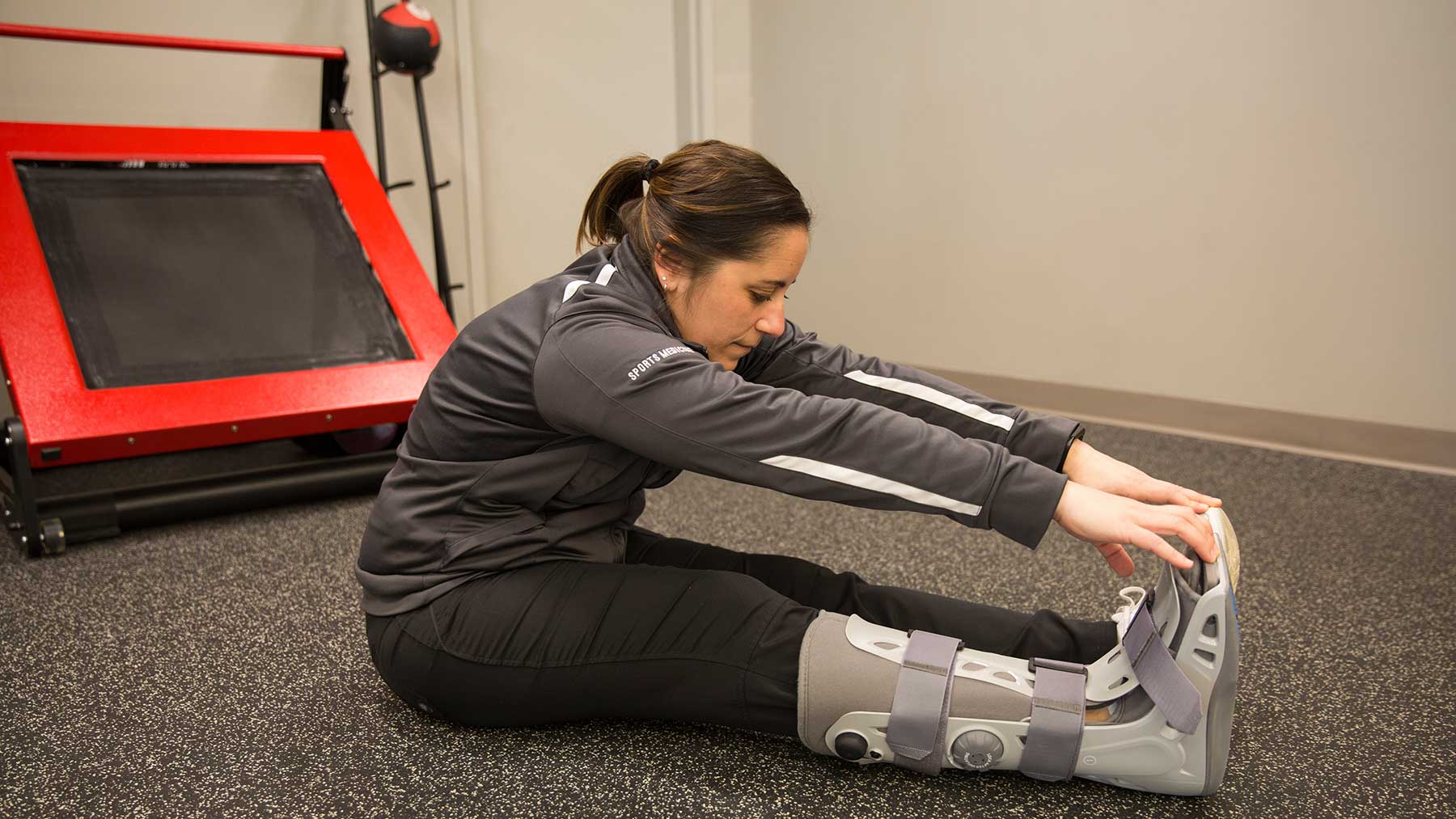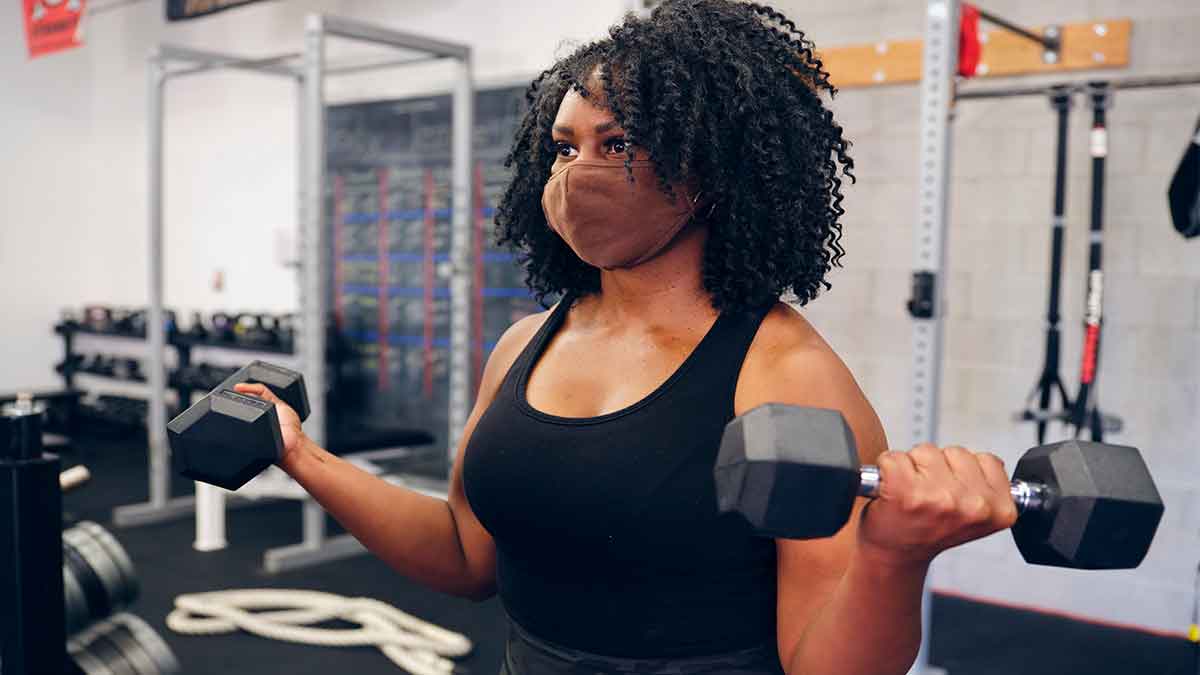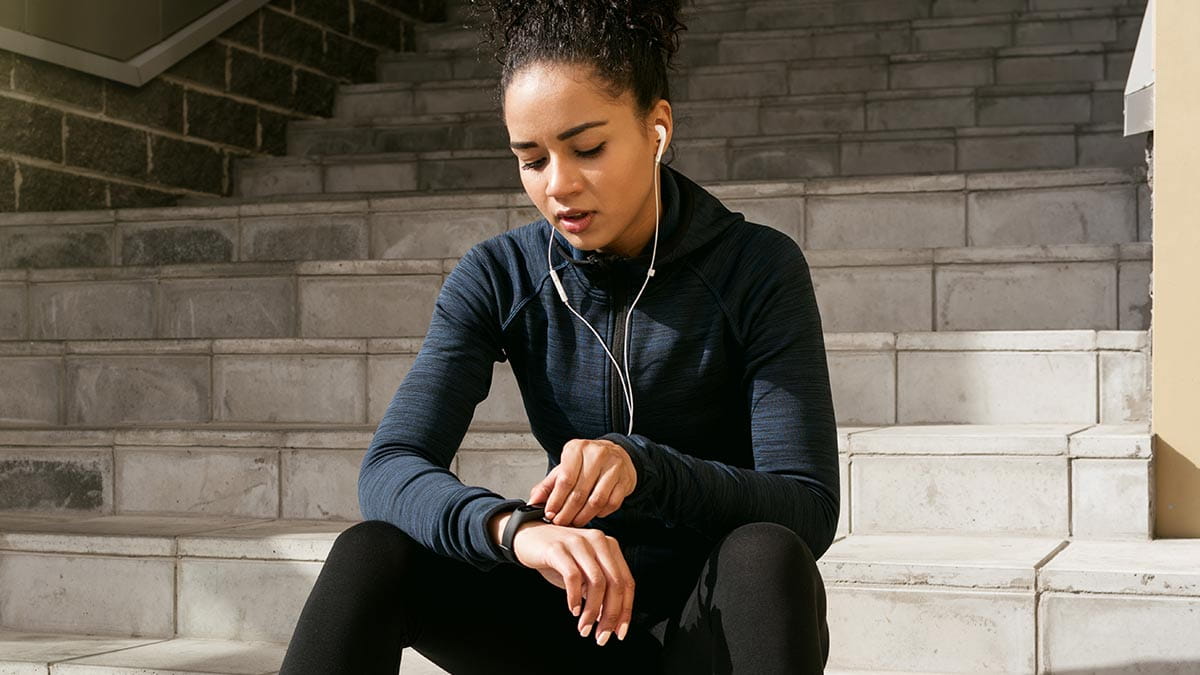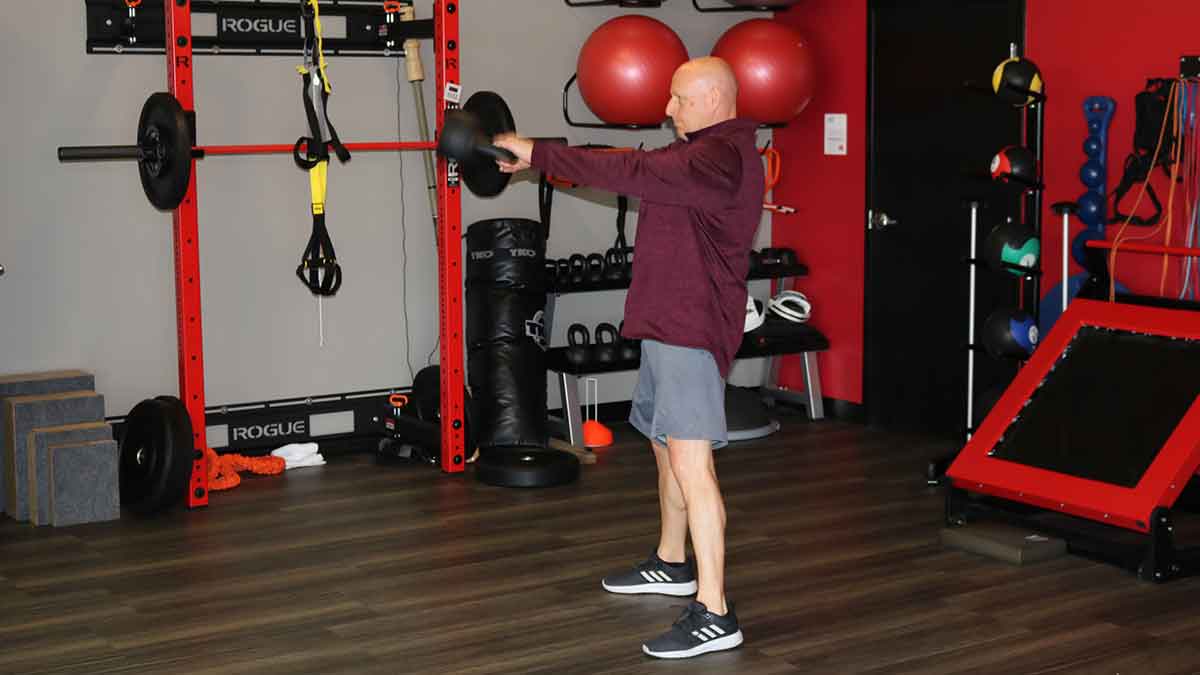How to stay active in a cast
 If working out is a large part of your daily routine to stay fit or to relieve stress, having a cast on your arm or leg can present challenges. But it doesn’t mean that all physical activity needs to be put on hold until you recover.
If working out is a large part of your daily routine to stay fit or to relieve stress, having a cast on your arm or leg can present challenges. But it doesn’t mean that all physical activity needs to be put on hold until you recover. Whether your cast is the result of a fall, accident or surgery, you can make modifications to your exercise routine so that you can stay fit while you recover. Just remember to be open-minded about a less-intense routine because it’s only temporary.
As a physician assistant at The Ohio State University Wexner Medical Center’s Jameson Crane Sports Medicine Institute, I often deal with patients who want to know if it’s safe to work out during the healing process and what options they have.
If your hand/arm/wrist is in a cast:
I suggest low-intensity lower body exercises for cardiovascular activities, including walking or using a recumbent stationary bicycle. Both activities can be done with restricted motion of your arm, which won’t compromise its healing.
Strength training
If you want to strength train, I recommend lower body machine exercises that use a pin to change the weight rather than having to handle weights.If you don’t belong to a gym: try performing squats or lunges using your body weight – they can be just as effective.
Core strengthening
Safe options include sit-ups and straight-legged lifts while you lay on your back. You should avoid any type of plank exercise, or other exercises that require the use of your injured arm.No matter what kind of exercise you choose, it’s important to resist any motion with the injured part of your arm. Make sure you can do the activity safely; a fall could potentially cause re-injury or hurt another part of your body.
If you’ve had shoulder surgery and are wearing a sling:
I work with shoulder surgeons here at Ohio State and one of the things our patients who've had shoulder surgery are always curious about is how they can stay active.
Even though most patients with shoulder injuries are placed in a sling with an immobilizer pillow for up to six weeks after surgery, you can perform the same exercises described above. Always talk to your doctor first to make sure it’s OK to proceed.
If your leg/knee/ankle/foot is in a cast:
Generally, if you have a cast on your leg or ankle, most of your exercise activity will focus on your upper body.
Cardio
An excellent way to increase your heart rate is to use a hand bicycle or hand pedals while sitting at a desk or table.Strength training
Most upper body dumbbell exercises can be modified so that you’re sitting in a chair, which adds stability. Use the appropriate amount of weight so that you don’t trip or drop the weights and possibly injure another part of your body.
Most upper body dumbbell exercises can be modified so that you’re sitting in a chair which adds stability. Use the appropriate amount of weight so that you don’t trip or drop the weights and possibly injure another part of your body.Stretching
To retain flexibility while in a lower body cast, stretching is a safe option. Depending on whether the cast is on your leg or ankle will dictate which stretches you'll be able to do. Straight-legged toe touches while sitting on the floor are a great way to stretch your hamstrings.Core exercises
Do these with caution because the majority of these exercises require the use of your hips and legs, or stabilization of your body using your legs.
Things to remember:
- Casts tend to easily absorb water and sweat.
- If a cast continues to get wet with water or sweat, it can begin to smell.
- As always, you should talk to your doctor before you begin any type of exercise or physical activity while in a cast.
Keep a positive outlook
It’s normal to feel discouraged at times if you’re wearing a cast. But, if you try to focus on the long-term goals of your recovery and not your current situation, you can avoid becoming depressed.For athletes, especially, it’s important to be an active team member, even if you can’t play your sport until full recovery. Be on the sidelines, encourage your teammates and try to learn and improve your game by observingthe game. Your teammates and coach will appreciate your effort and encouragement.
Take the time that you’re not able to participate in exercise to enjoy a hobby that’s unrelated to sports or fitness. Start a new book, spend time with your friends and family, watch a TV show or series that you’ve been wanting to see.
Eventually, the cast will come off, and soon you’ll be back to your sport or workout routine.
Sean Collins is a physician assistant at The Ohio State University Wexner Medical Center’s Jameson Crane Sports Medicine Institute.




